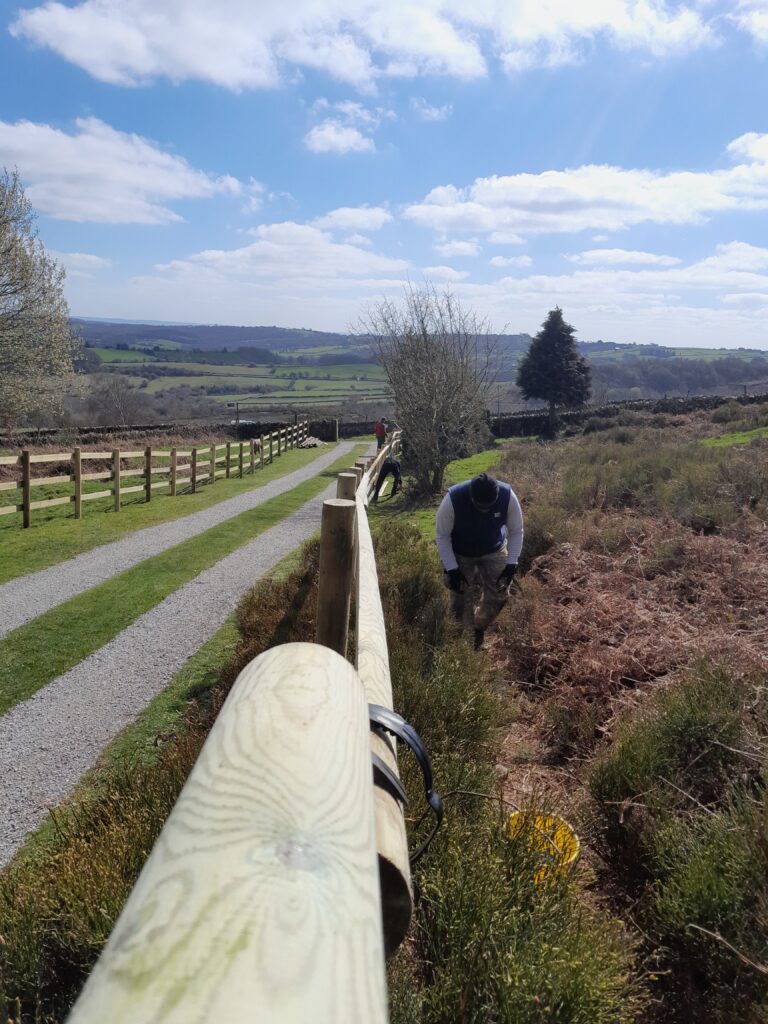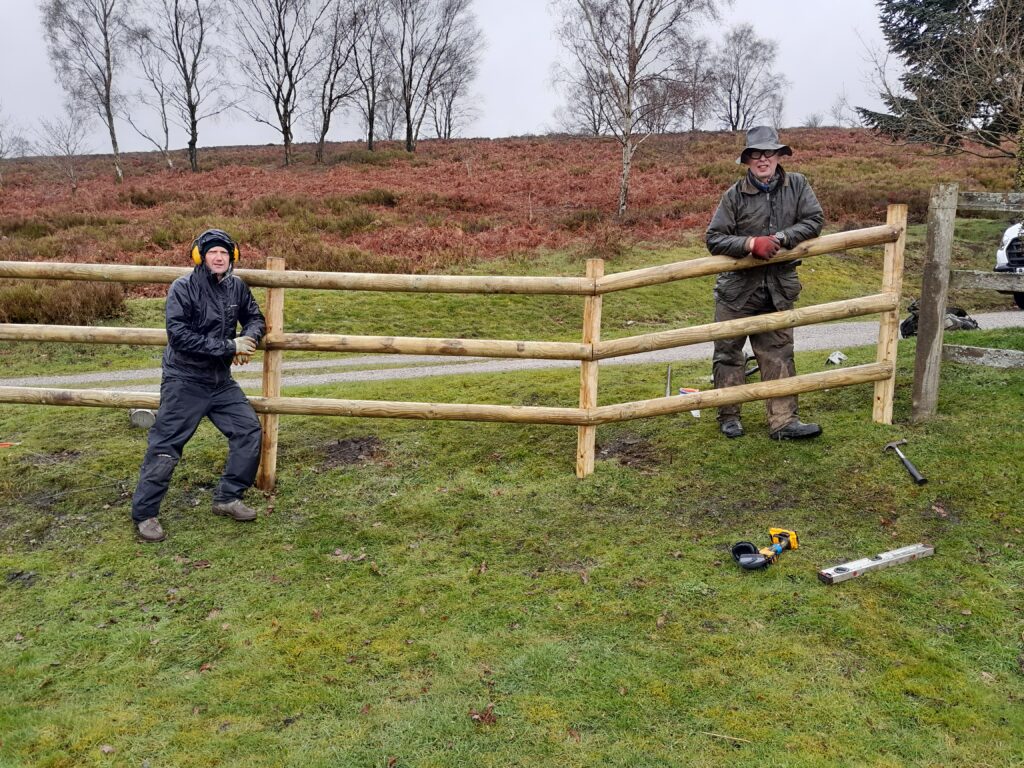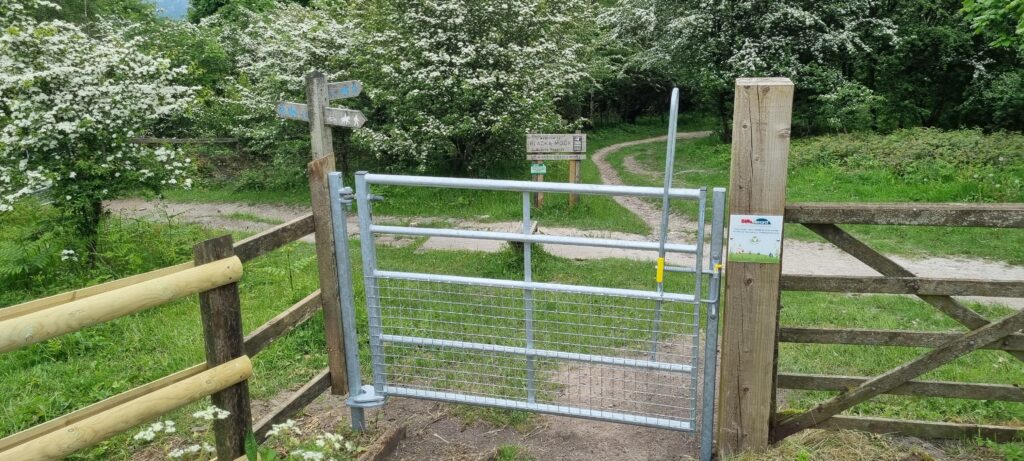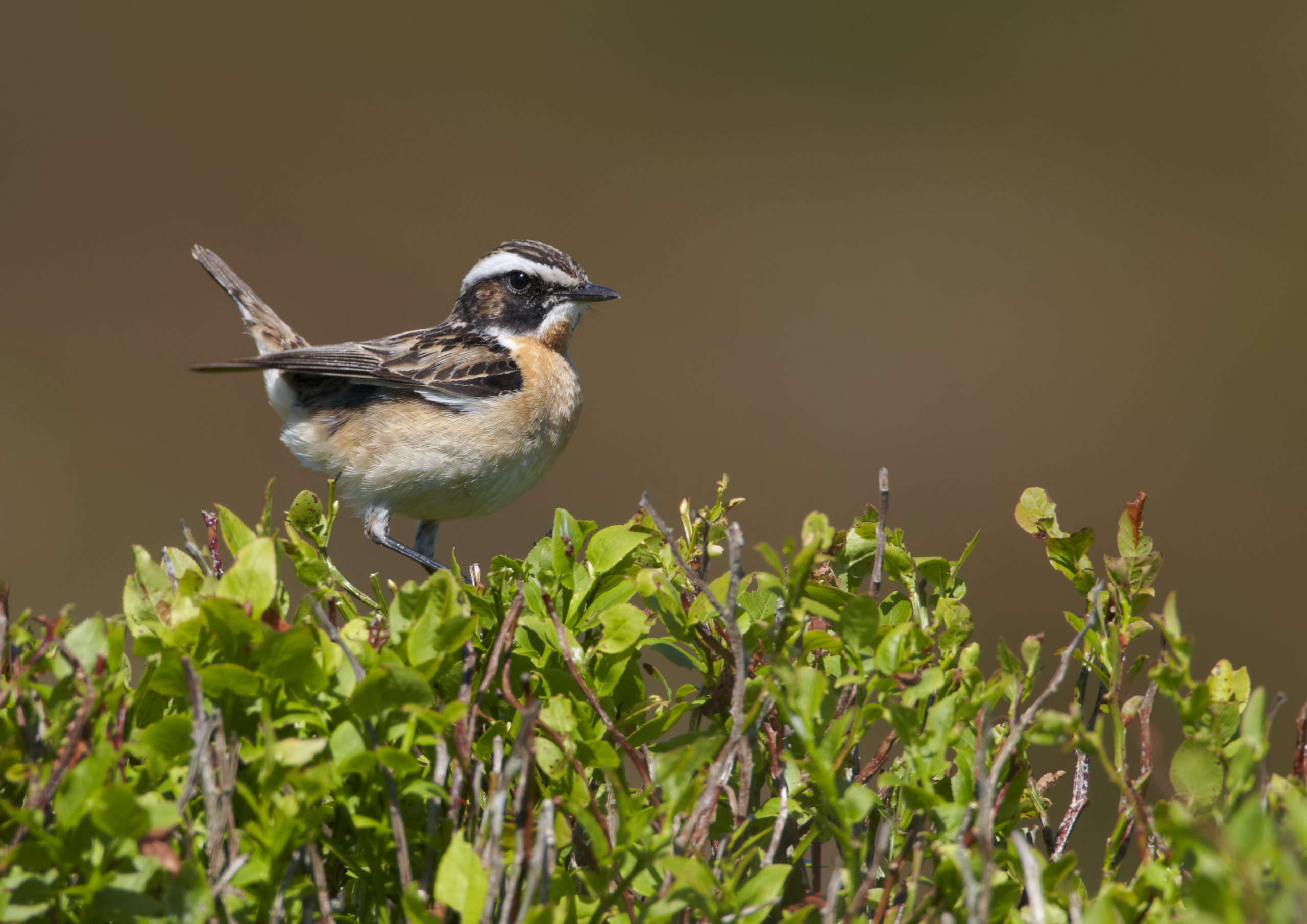We’re celebrating the completion of ‘A Win for Whinchats’ project on our Blacka Moor nature reserve.
Whinchats are a Red Listed bird species, under threat as their UK numbers have more than halved over the last 25 years, largely due to the loss of suitable habitat.
A little smaller than a robin, the whinchat has quite a big head and a short tail. It can frequently be seen sitting on fence posts or small bushes, making a soft clicking call. Whinchats inhabit open meadows and wasteland, wet habitats and dry heath. They are summer and passage migrants, wintering in Africa.
Generally paler than the similar stonechat, the whinchat has a distinctive pale eyestripe and a pale throat. Males are streaky brown above, with an orange chest, but females are paler. Whinchats have pale patches at the base of the tail, while stonechat tails are completely dark. It can frequently be seen sitting on fence posts or small bushes, making a soft clicking call. Whin is another name for gorse, which is often found in the habitats that whinchats breed in.
Thanks to Biffa Award and our amazing volunteers, we’ve been able to carry out works at Blacka Moor nature reserve to improve and protect the habitat these charming little birds need to thrive.



In the past few months we have seen the the reduction of scrub in the heathland, the replacement of the Bole Hill Lodge fence, repairs to the boundary wall at the end of Strawberry Lee Lane, 6 brand new gates installed, improvements in the woodland edge of Blacka Plantation and a reduction of the invasive Rhododendron.
It’s a huge positive impact that we could not have done without the help of our volunteers and the financial support from Biffa Award. Thank you!
